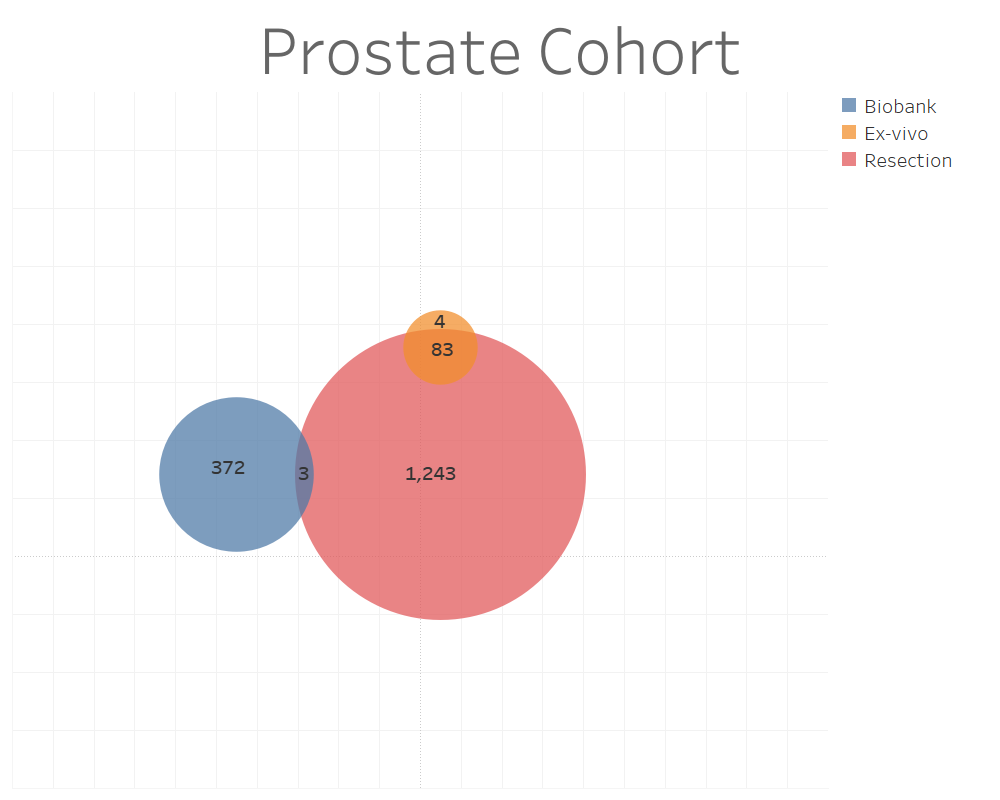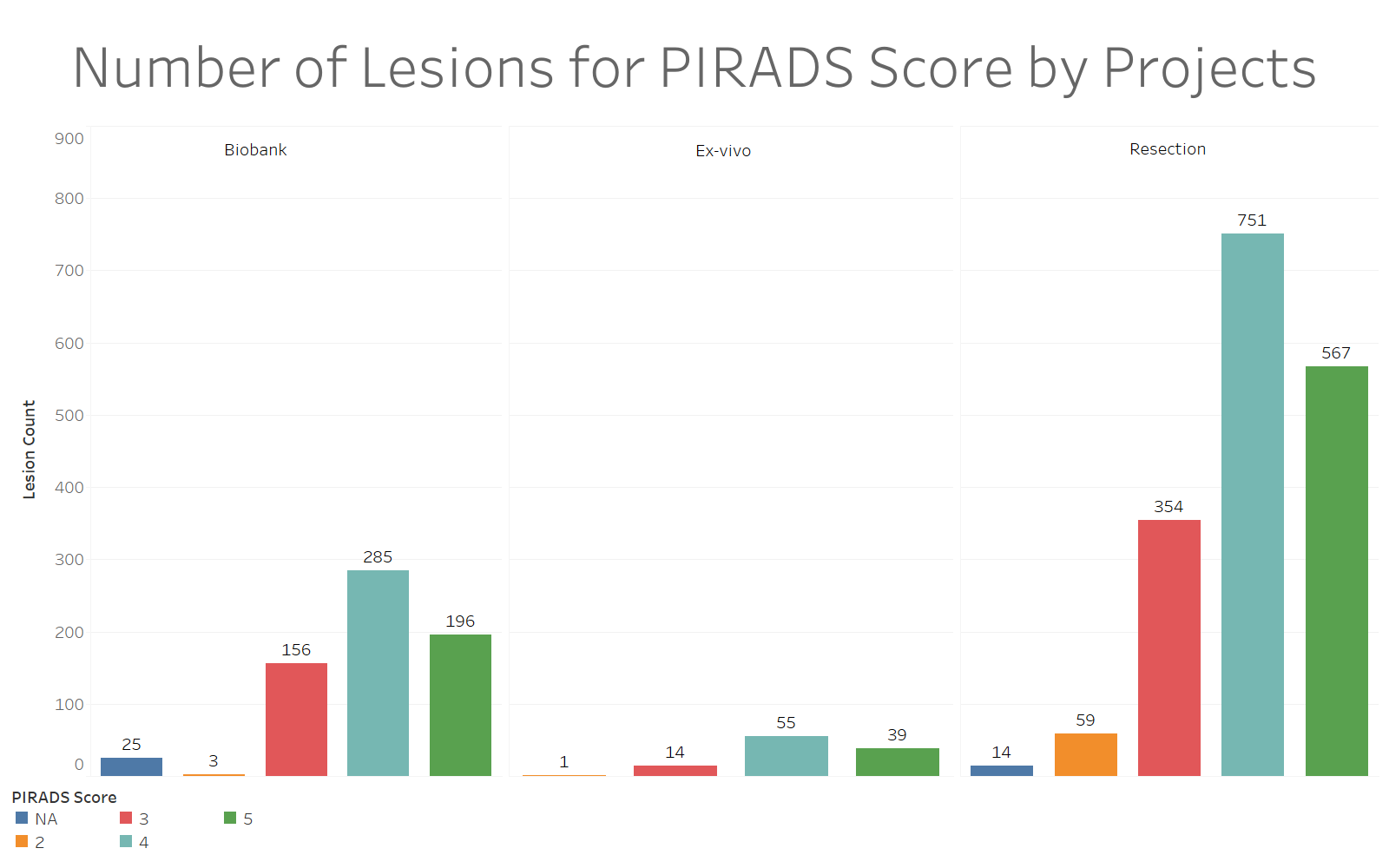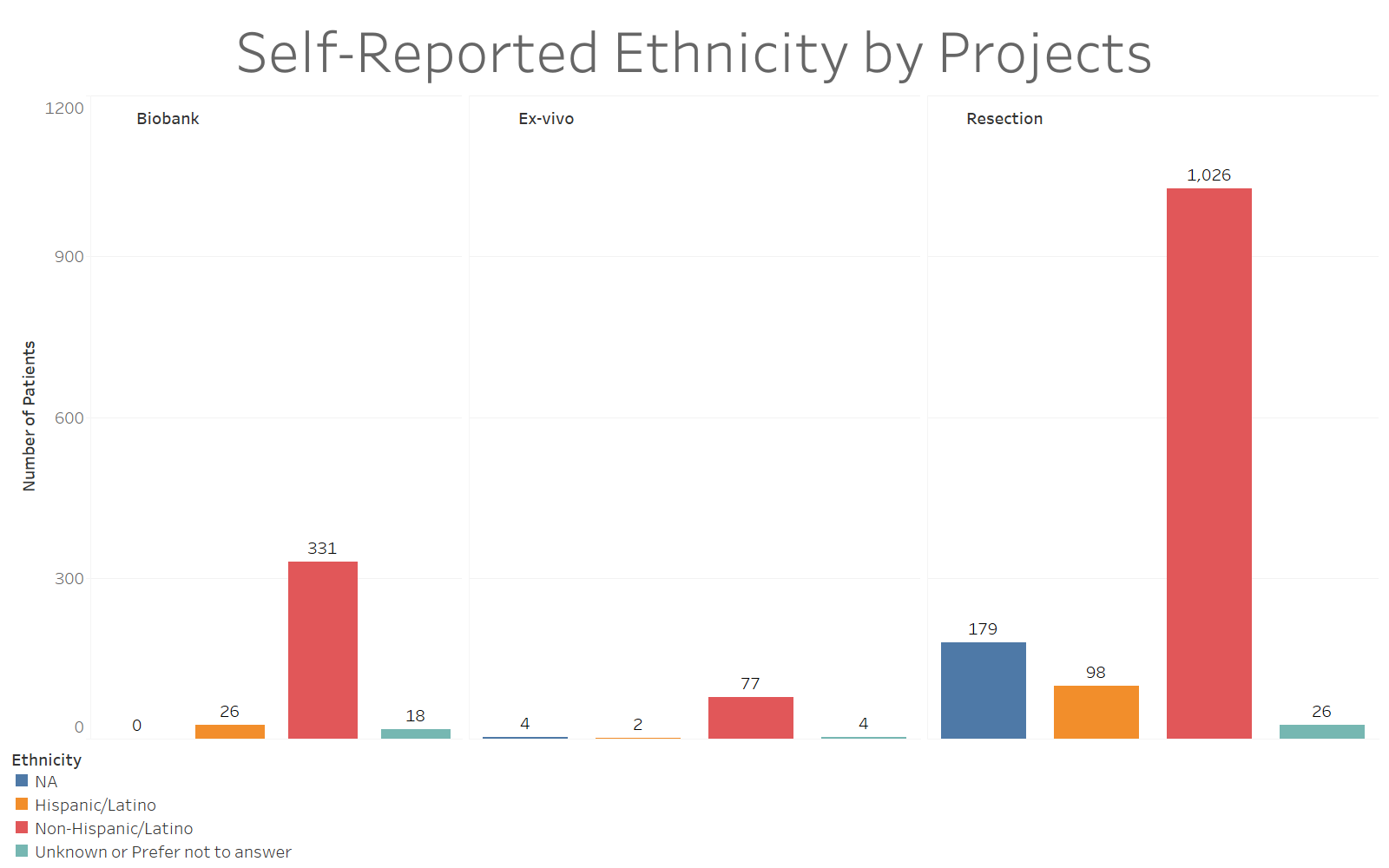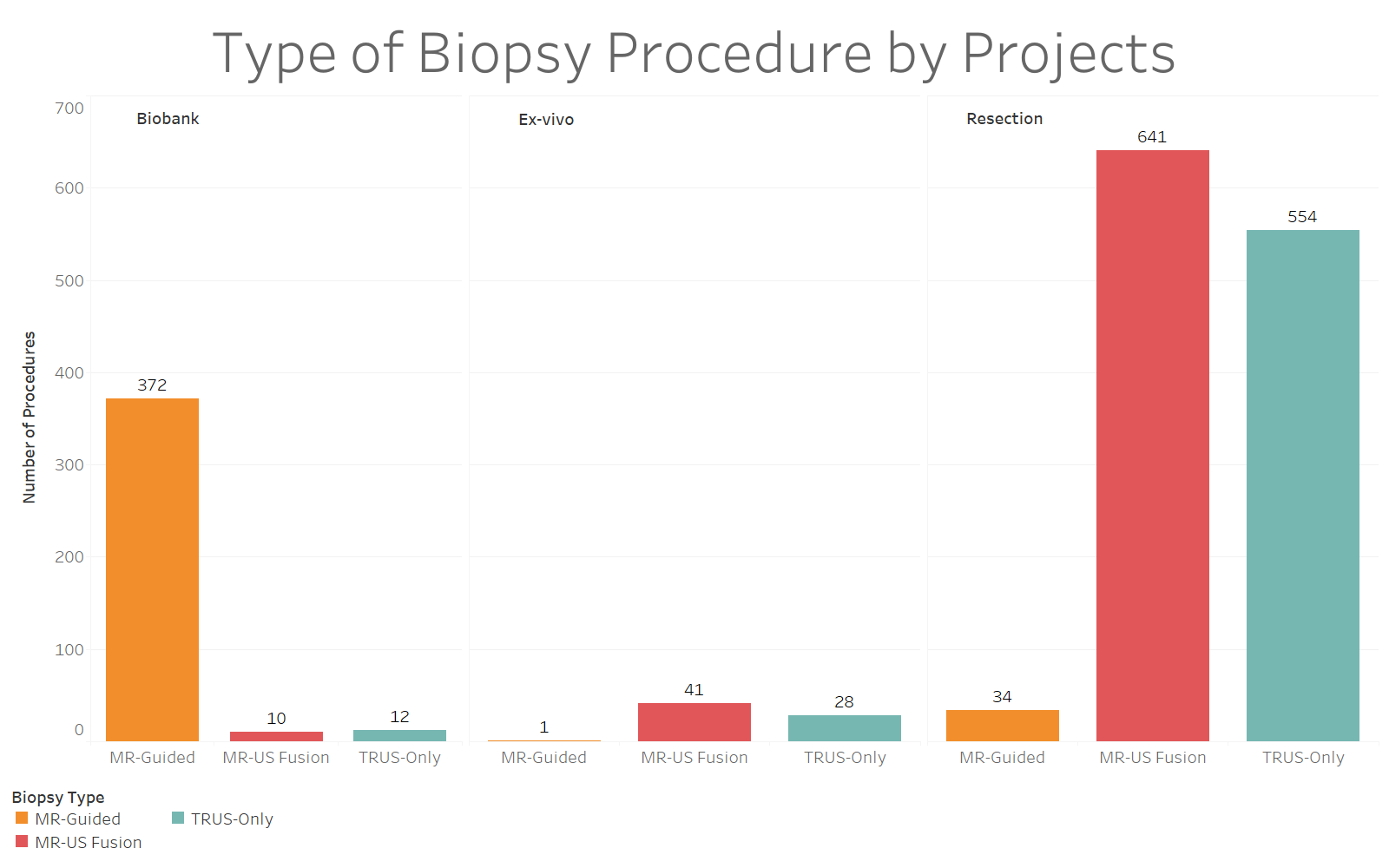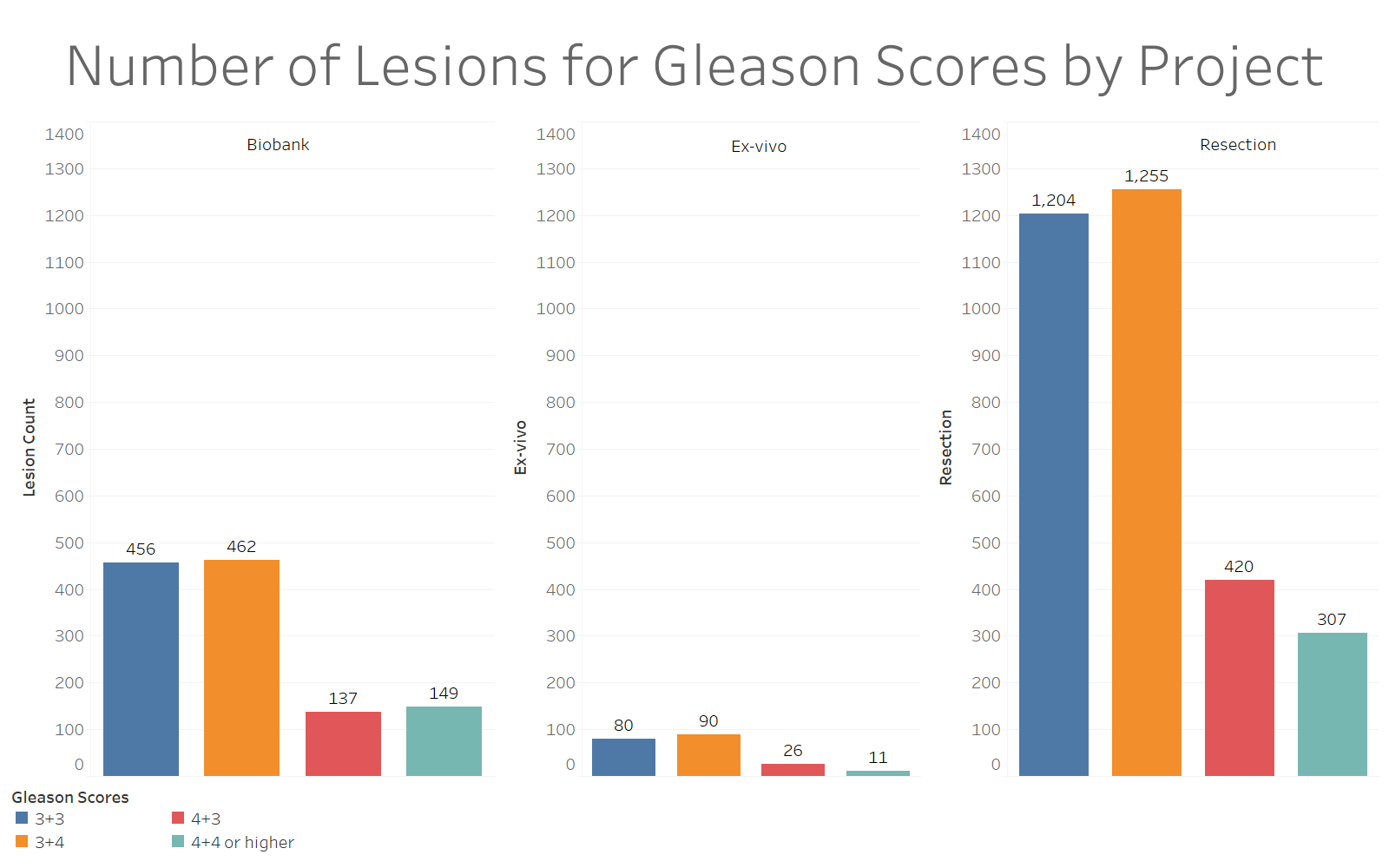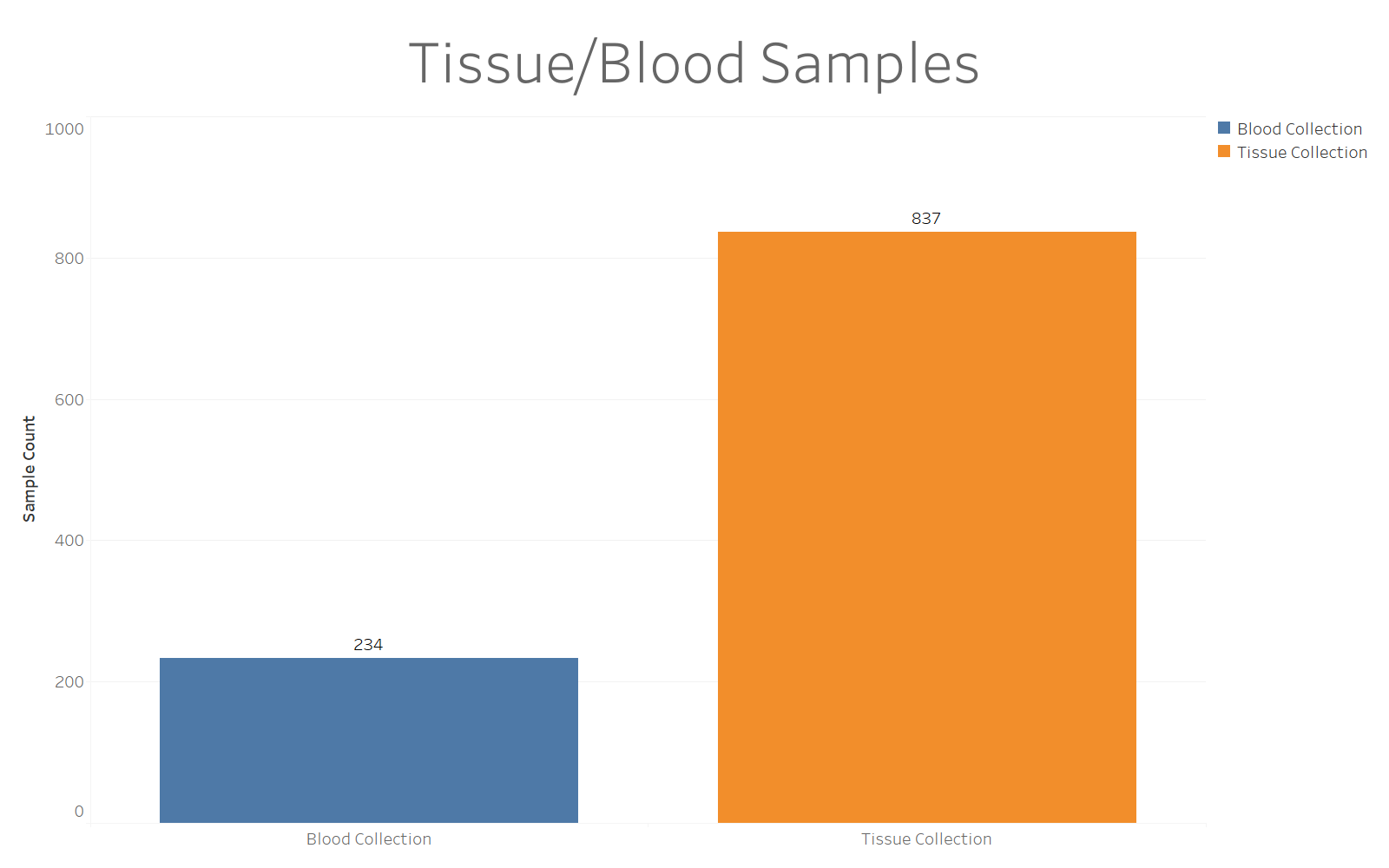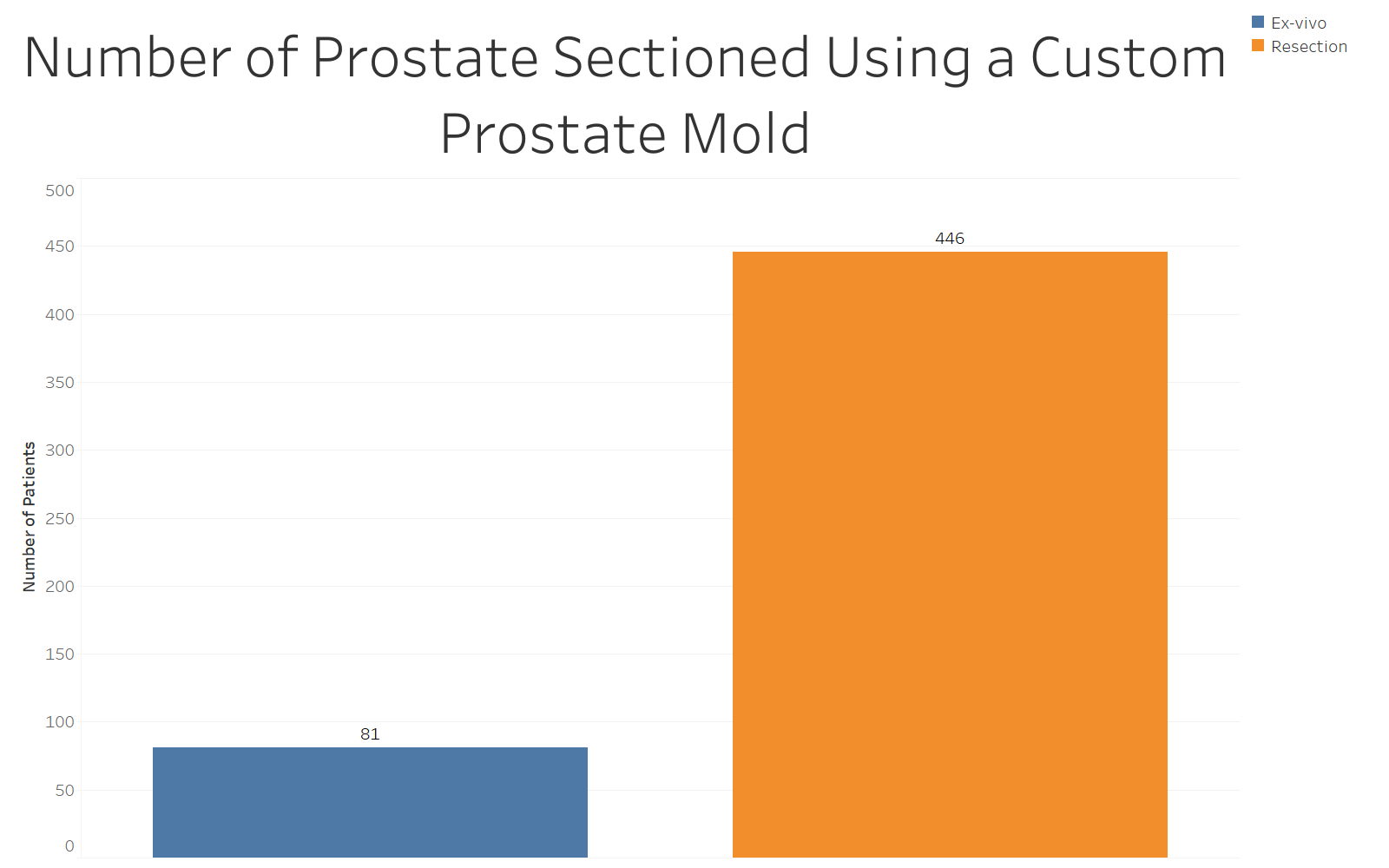
What is IDx Prostate?
A multidisciplinary cross collaborative platform created to continuously improve abdominal imaging with high resolution histopathological and molecular correlations. Our vision is to unlock the potential of diagnostic imaging, enable detection of aggressive abdominal cancer, predict cancer biology, and allow for precise tissue acquisition and therapy.
Research Objectives
- MR – the validation of existing techniques and interventions, and the development and adoption of new technologies. A focus on the correlations with pathology and microstructure.
- AI – Deep learning and federated learning.
- Radiogenomics - correlation with commercial tests and gene panels, correlation with general genomic panels, and differential gene expression based on PIRADS Score.
Highlights and Key Publications
- New Techniques for Quantitative T2 and Diffusion MRI of Prostate Cancer.
- Integrating MRI and Pathology to Characterize Prostate Tissue Microstructure and Improve Prostate Cancer Classification.
- Personalized MRI analysis methods for accurate and precise DCE-MRI parameter estimation.
- Artificial intelligence for improved diagnosis of prostate cancer.
- Multi-modal analysis of clinical and quantitative imaging data to improve prediction of biochemical recurrence.
Recent Grants and Awards
- NIH/NCI R01 (PI: Sung/Wu) Integrating Quantitative MRI and Artificial Intelligence to Improve Prostate Cancer Classification.
- UCLA Prostate Cancer SPORE (PI: Hsu) Computational Framework for Discovering and Validating Imaging Endotypes to Predict Clinically Significant Prostate Cancer Aggressiveness.
- 2020 SAR Morton A. Bosniak Research Award.
- 2020 SAR Trainee Scholarship Award.
OVERVIEW
The Prostate IDx program has now migrated from a developmental phase to a mature phase where multiple databases have been built with clinical, pathological and MRI Data with a mature interface, integration with the Center for Computer Vision and Imaging Biomarkers (CVIB) QIWS, and mechanism for data and imaging retrieval. It is now a template for other programs including liver and kidney. We have finished the initial validation projects and are now implementing ongoing technical development, multiple artificial intelligence, federated learning, and radiogenomic phases. We are looking forward to integrating the genomic and other biological data for expanded discovery in this new phase.
GRAPHS
The graphs below give a snapshot of what is in the database and available through the Data Request Process. Graphs are updated on a quarterly basis. IDx Prostate consists of three cohorts: resection cohort (cases that underwent a diagnostic multiparametric MRI followed by radical prostatectomy), ex vivo cohort (a subset of resection cases where the resected prostate specimen underwent a high-resolution ex-vivo MRI scan and digital whole slide imaging), and biobank cohort (cases that underwent a targeted image-guided prostate biopsy). Blood and tissue specimens are only available from the biobank cohort.
